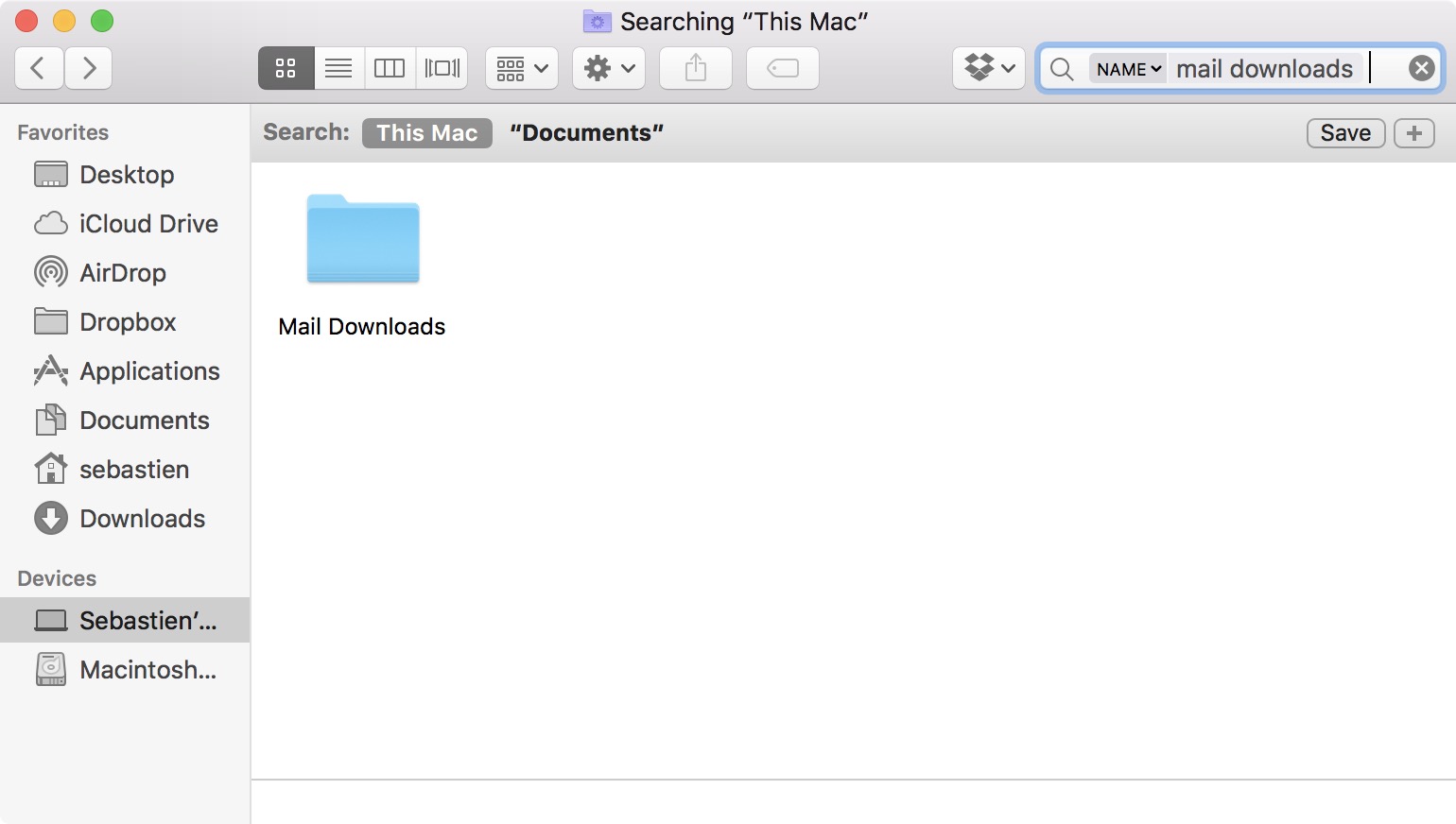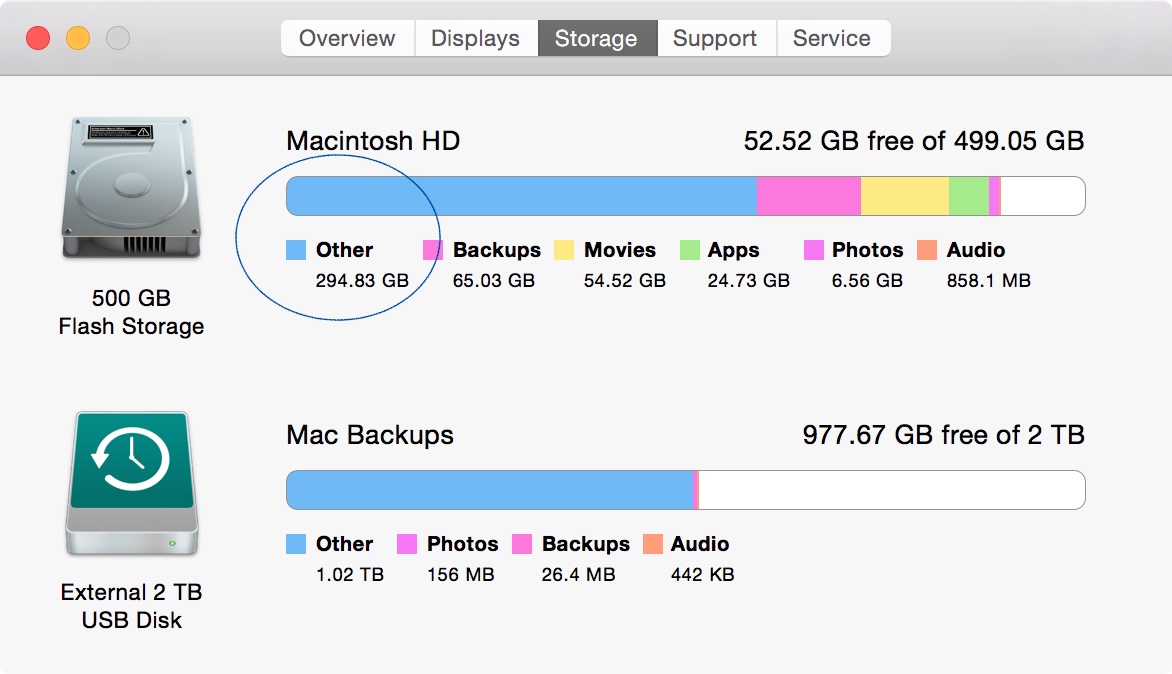Delete Library Mail Forlder Mac
- Mac Library Mail Folder Delete
- Delete Library Mail Folder Mac Pro
- Delete Library Mail Folder Mac 10
- Mac Library Mail Folder Huge
- Delete Library Mail Folder Mac Version
- Delete Library Mail Folder Mac Os
From what is in /System/Library/User Template/Library, here is what /Library contains when you create a brand new user. Almost all entries are empty directories. Therefore, you can safely delete everything in /Library. Of course you'll lose all preferences you may have set, etc. Dec 17, 2017 Remove: Mac Mail Remove Archive Mailbox Folder (And Other Folders) These are separate mailboxes you can open to view specific email account information including trash, sent, spam, drafts, and more for the same email account. Before going ahead with the steps to Access the Hidden Library Folder on your Mac, you need to be aware that /Library Folder contains important Data and Files related to Mac User Accounts. Hence, make sure that you are accessing the Library Folder for a good reason and you do know as to what you are trying to achieve.
Mac Library Mail Folder Delete
Summary: This blog shares reliable methods for recovering permanently deleted log files, caches, and library files from Mac start-up disk. It outlines two approaches for recovering deleted library and logs as follows:
|
Most websites use cookies and create temporary caches on your Mac when you browse the Internet. While this helps improve your online experience by quickly loading images and data every time you visit the site again, it creates files on your hard drive that can eat up space unnecessarily. Over time, not only does it slow down the performance of your web browser but also of your whole Mac. Thus, experts suggest that clearing system caches and browser cookies can help improve browser and Mac performance significantly.
- How To + Recommended. How to Uncover and Delete Hidden Files Cluttering Your Mac. Posted on May 31st, 2016 by Kirk McElhearn I recently looked at how you can get rid of duplicate files on your Mac.This is the first step toward cleaning out your Mac, and freeing up space on your drive.
- Aug 17, 2018 Again, do not attempt to manually modify anything and do not delete any files found in the Mac OS system temp folders. If you somehow screw up and delete a critical system file or directory, you’ll have to follow these instructions to restore deleted system files.
All of this sounds quite straightforward, but in reality, it requires caution. When trying to manually delete cache and other log files that aren’t required by the Mac, many users inadvertently delete system files that are needed by other applications. As a result, some system apps can start behaving unexpectedly. In such a scenario you either need to uninstall and reinstall those apps or reformat your Mac. Alternatively, if you can recover deleted log files and caches, the problem can be solved.
Let us have a look at some of the simplest ways to recover deleted macOS caches, log files, and Library folders.
Delete Library Mail Folder Mac Pro
Recover deleted system files manually
Delete Library Mail Folder Mac 10
From the Trash folder
Where to install libraries mac. Python library gevent, version 0.13.6 (the current version on PyPI) will not pip install on OS X Lion, Python 2.7 (and probably others.) It works fine on Snow Leopard. How can I get this library installed? Bonus points if it can be done using pip install, rather than a manual or custom process, because then it will play nicely with automated builds.
Om macOS, when you select files and press the ‘Delete’ button, they’re moved to the Trash folder. If that’s how you’ve deleted caches and log files, recovering them through the below steps—
- Open the ‘Trash’ folder by double-clicking on the trash can icon on the desktop
- Locate the files you wish to recover
- Right-click on the files
- Select ‘Put Back’
- If the original location of the files no longer exists, drag the files to the desktop and then move them to any other desired folder
From Time Machine Backup
Most macOS users rely on Time Machine to take regular backups of all data on their hard drives. If you’ve permanently deleted cache files through ‘Command + Shift + Option + Delete’ operation, your latest Time Machine backup is where you can get them back from. Follow the below steps—
- Connect your Time Machine backup drive to your Mac
- Select the backup that you wish to restore
- Click on ‘Restore’
Recover macOS caches folder, log files, Library folders automatically
If your data has been permanently deleted and you don’t have a backup from which you can recover it, the most reliable option to restore them is to opt for the secure and reliableMac Data Recovery software. Backed by powerful scanning algorithms, this competent software scans your entire Mac hard drive to search for recoverable data and performs safe and accurate recovery. With it, you can easily recover deleted Library folders, macOS cache folders, log files, and other documents, photos, music files, or videos that have been deleted from APFS, HFS, HFS+, FAT, ex-FAT and NTFS format based file systems.

When the recovery process completes, you should be able to view all deleted caches, log and library files accurately recovered on your macOS.
Conclusion
Almost all deleted data can be recovered safely if you exercise caution and act quickly. Keep the above methods in mind as they will aid you considerably; and if all else fails, then leverage the secure and reliable Stellar Data Recovery for Mac software.

Mac Library Mail Folder Huge
Mail User Guide
Mail can import email messages that have been exported in mbox format from other email apps, and import mailboxes exported from Mail on a Mac. You can export mailboxes in mbox format.
Import mailboxes
Delete Library Mail Folder Mac Version
In the Mail app on your Mac, choose File > Import Mailboxes.
Select a source in the list, read the information that appears below the list, then click Continue.
If you’re importing a mailbox exported from Mail or a folder in the ~/Library/Mail/V7 folder on another Mac, select Apple Mail. To get to the Mail folder on a Mac, click the desktop to make sure you’re in the Finder, press and hold the Option key, choose Go > Library, then click the Mail folder.
If you’re importing messages from a Windows or UNIX computer, select “Files in mbox format,” then locate the folder containing the files.
Reorganize the imported messages, if you like.
The messages are in a new mailbox called Import in the Mail sidebar. You can drag folders and messages from the Import mailbox to new or existing mailboxes, then delete the Import mailbox.
Delete Library Mail Folder Mac Os
Export mailboxes
In the Mail app on your Mac, select one or more mailboxes, then choose Mailbox > Export Mailbox.
Choose a folder or create a new folder, then click Choose.
Mail exports the mailboxes as .mbox packages. If you previously exported a mailbox, Mail doesn’t overwrite the existing .mbox file; it creates a new .mbox file, such as My Mailbox 3.mbox.